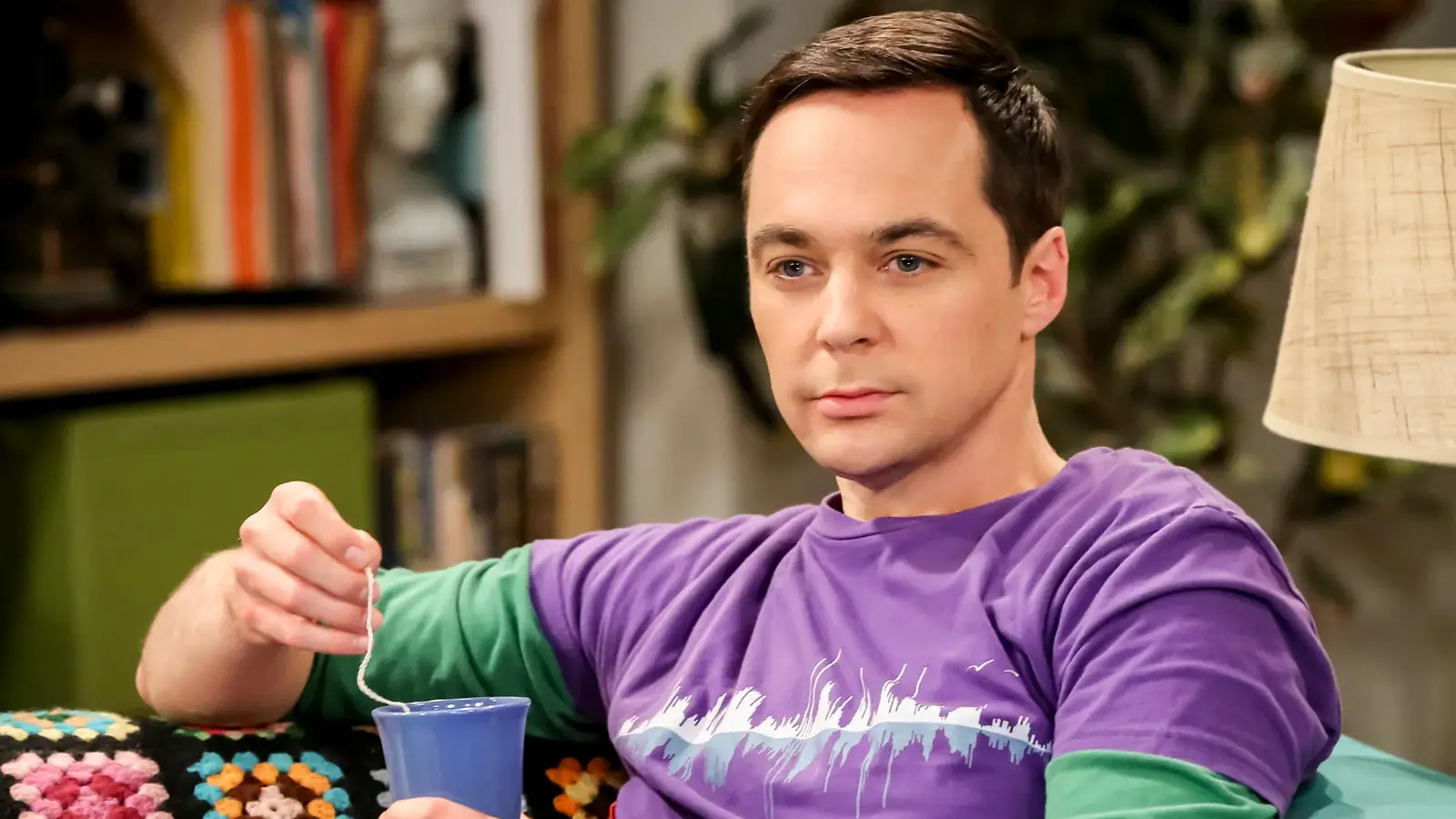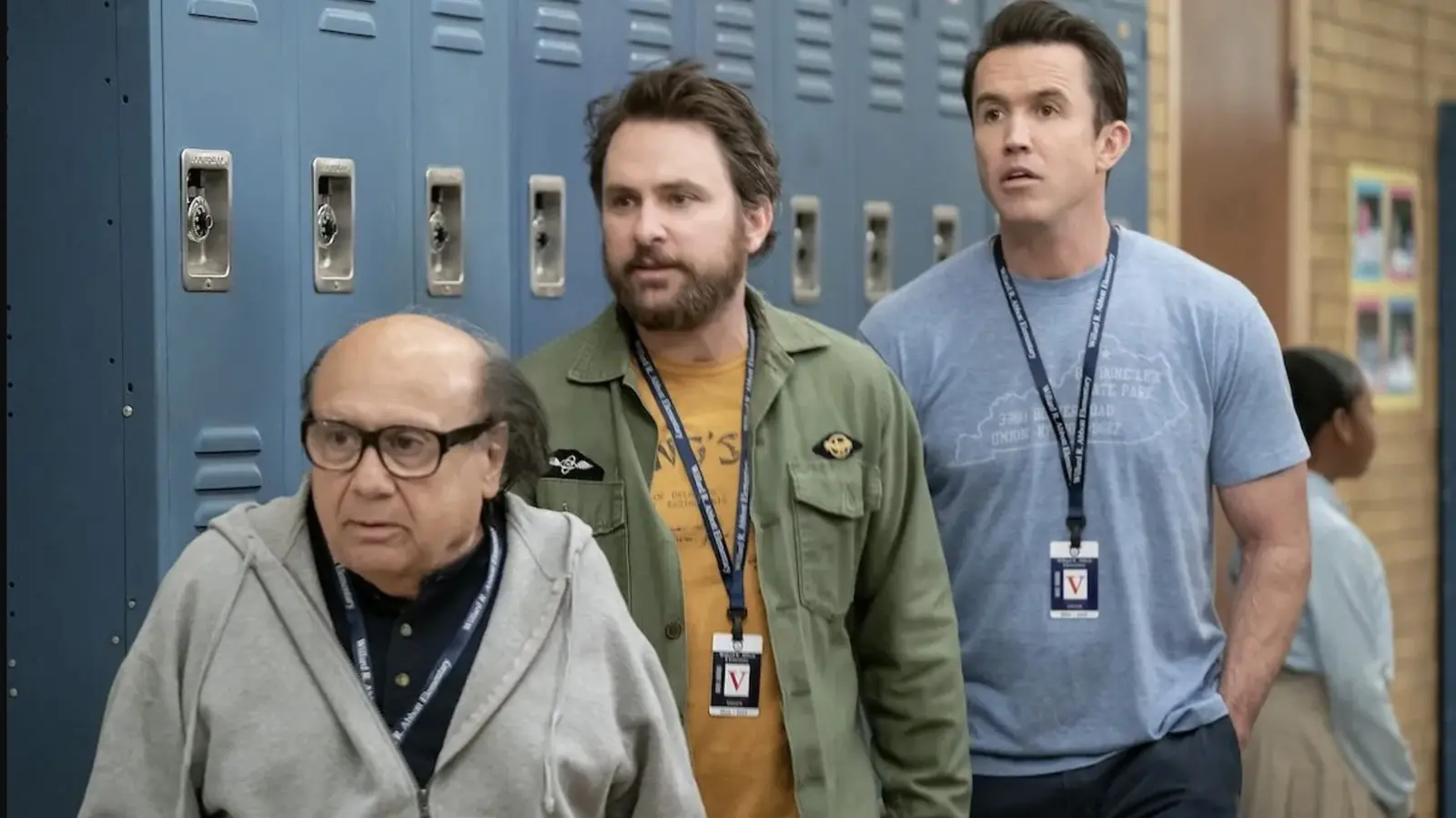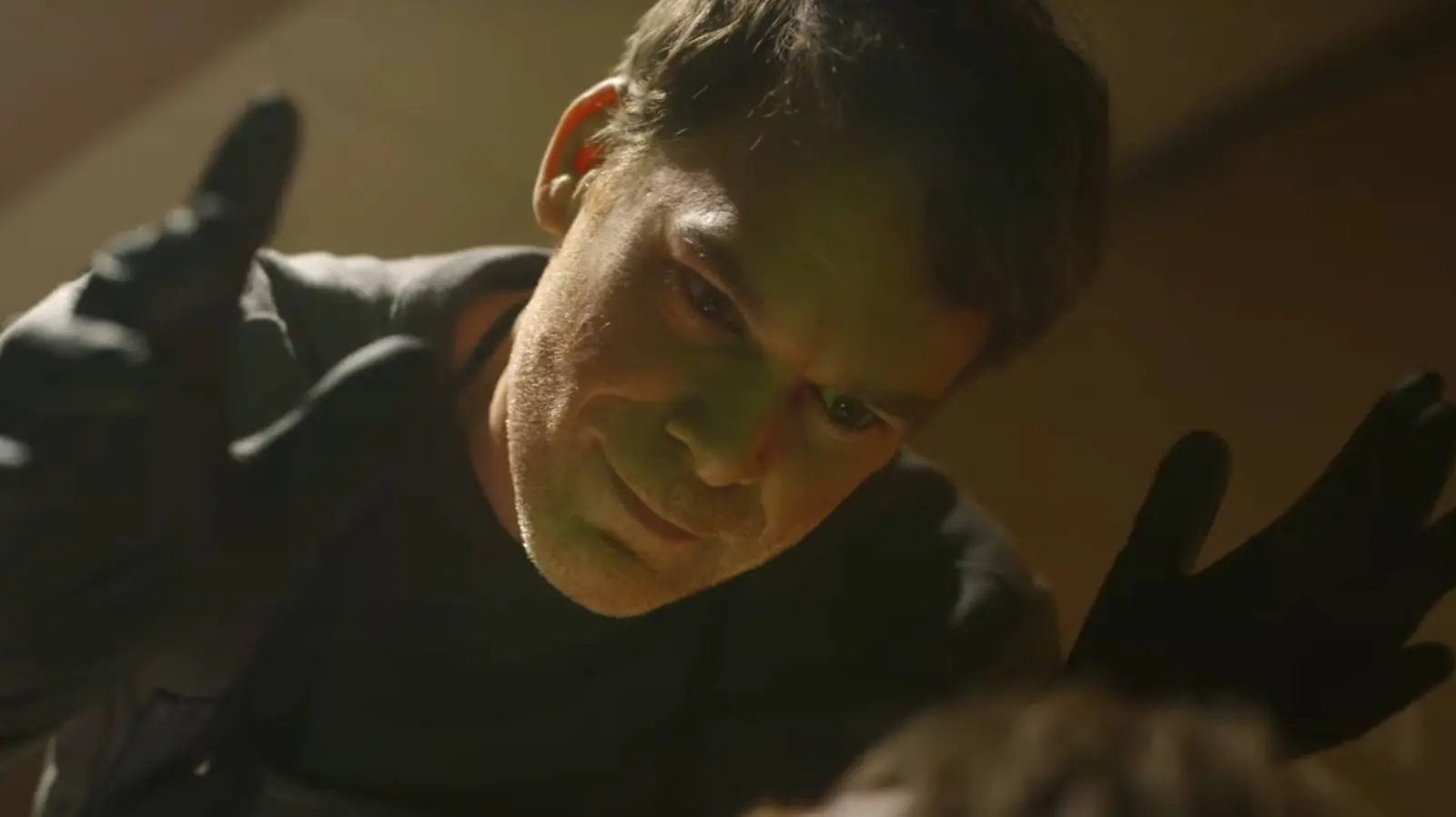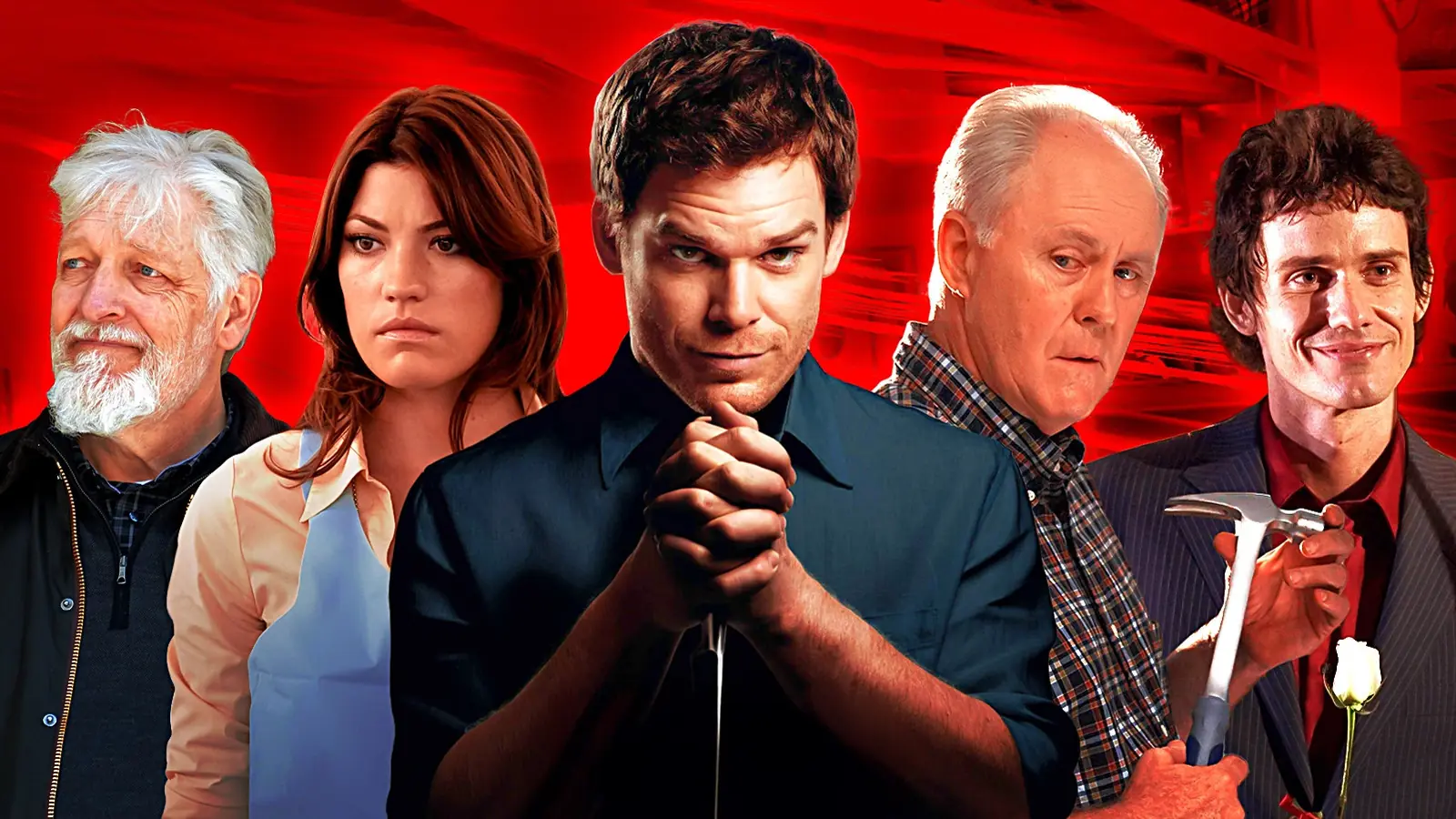The television series “The Big Bang Theory,” which became a staple of American pop culture, is known for its quirky yet lovable characters, intellectual humor, and its ability to blend scientific elements with comedy seamlessly. One of the most iconic characters from the series is Sheldon Cooper, portrayed by Jim Parsons. His eccentric personality, distinctive behavior patterns, and comedic quirks have made him a standout character. However, one thing that the creators of “The Big Bang Theory” were adamant about was avoiding a formal diagnosis regarding Sheldon’s behavior. This decision was deliberate, guiding the narrative direction of the show in a specific and thoughtful way. But why did the show’s creators choose to keep Sheldon’s behavioral motifs ambiguous?
Firstly, it is essential to understand Sheldon Cooper’s role within the series. He is depicted as a theoretical physicist with a prodigious intellect. However, his social skills starkly contrast his intellectual brilliance. Sheldon’s character exhibits habits and idiosyncrasies such as an obsessive adherence to routines, an overt love for comic books and science fiction, and difficulties in understanding sarcasm and social cues. These characteristics often parallel traits associated with certain spectrums of neurodiversity, such as Asperger’s Syndrome or autism spectrum disorders.
Despite these similarities, the show’s creators, including Chuck Lorre and Bill Prady, consciously decided not to label Sheldon with a medical or psychological diagnosis. In multiple interviews, Lorre and Prady have explained their rationale. They believed that diagnosing Sheldon would not only limit the character’s dynamics but could potentially alienate viewers who might feel that the portrayal was inaccurately representing individuals with such conditions. Their goal was to present Sheldon as an individual, whose unique personality was the focal point, rather than attributing his quirks to a singular diagnosis.
Moreover, Lorre mentioned that Sheldon was inspired by someone he knew who, much like Sheldon, was highly intelligent yet socially awkward. This inspiration steered away from constructing Sheldon based solely on traits of a clinical condition. Instead, they designed a character who was quirky and loveable in his own right without the confines of a stereotypical label. This approach allowed the audience to embrace and appreciate Sheldon for who he was, rather than attempting to fit him into pre-existing molds of behavioral labels.
Another aspect to consider is the impact that such labeling might have had on the show’s comedic elements. “The Big Bang Theory” thrived on humor that stemmed from the interplay between its characters and their unique perspectives. If Sheldon had been given a formal diagnosis, the writers feared that jokes and storytelling might become less about the character’s unique charms and more about perpetuating stereotypes or reducing him to his diagnosis. The aim was to create humor that was respectful and inclusive, avoiding a narrative that might be perceived as making fun of those with similar real-life conditions.
In doing so, “The Big Bang Theory” allowed viewers to connect with Sheldon on a more personal level, seeing him as an individual rather than a trope. This resonated with audiences worldwide, as many could see parts of themselves or people they knew in Sheldon’s quirks, whether or not they were associated with any medical condition. Viewers could witness his growth over the seasons, and experience his triumphs and tribulations regarding friendship, romance, and professional achievements without the lens of a diagnostic label.
Additionally, the decision to avoid diagnosing Sheldon contributed to an ongoing dialogue about neurodiversity on-screen. While there remains an argument for the need for more authentic representations of autism and similar conditions in media, “The Big Bang Theory” sparked conversations among viewers and advocates about the depiction of neurodivergence, its nuances, and its representation in culture. By circumventing a direct label, the show inadvertently highlighted the need for audiences to view individuals through a broader, less prescriptive lens.
The inclusive nature of Sheldon’s character is further evidenced by the fan base that embraced him. Many found his rigid routines relatable, or perhaps felt a sense of camaraderie with his logical view of the world. This connection extended beyond traditional boundaries of humor, celebrating a type of character whose intellect and peculiarities were equally cherished. In essence, the creators crafted a character whose identity transcended labels, seeking to normalize diverse behaviors through a comedic and enlightening lens.
Ultimately, the intent behind Sheldon’s unlabeled quirks suggests a broader philosophy of inclusivity and acceptance. “The Big Bang Theory” focused on showing that people are multi-faceted, well beyond any one aspect of their identity. It’s a narrative choice that aligns with the objective of television to reflect diverse human experiences and provoke discussions that extend beyond pure entertainment. By navigating the careful balance between humor and sensitivity, the show managed to represent a beloved character who embodies both mystery and familiarity, without reducing him to a series of diagnostic criteria.
In conclusion, “The Big Bang Theory” succeeded not only as a comedic force but as a cultural milestone because of characters like Sheldon Cooper. The creators’ decision to steer clear of any diagnosis regarding Sheldon allowed for a richer, more engaging character dynamic that continues to be a subject of interest well beyond the series’ end. His role is a reminder of the importance of celebrating uniqueness without restraint, and how sometimes, leaving things unspoken can speak volumes. In the end, Sheldon Cooper remains a testament to complexity, individuality, and the limitless forms that humanity can take in the world of television and beyond.






